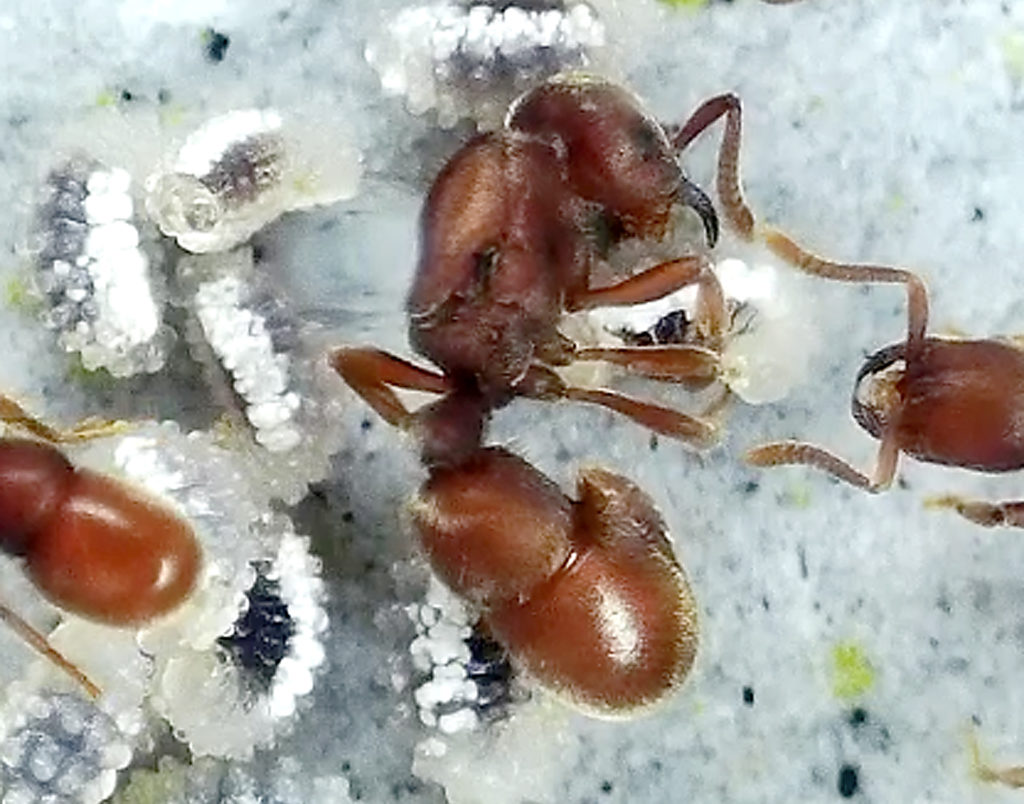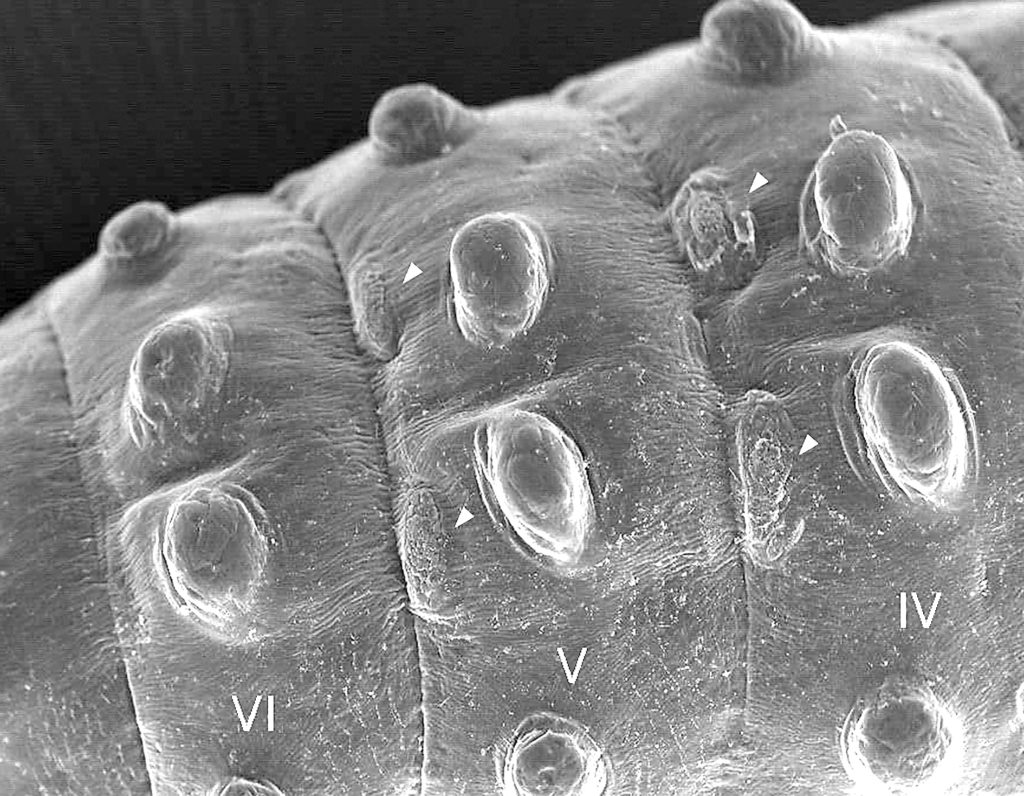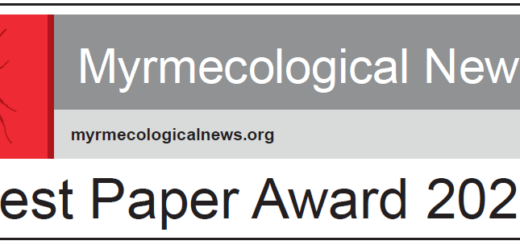Vampirism in the ant Proceratium itoi
In the recent article “Larval hemolymph feeding and hemolymph taps in the ant Proceratium itoi (Hymenoptera: Formicidae)” published in Myrmecological News, Keiichi Masuko reveals that queens of P. itoi feed only on the hemolymph of their larvae, while workers feed on prey. Larvae survive this sacrifice and metamorphose to adults. This vampirism is known from only a few ant genera, mostly poneroids and Leptanilla. Here, Christian Peeters highlights the main points.
A Review compiled by Christian Peeters

Unlike solitary insects that forage for their immediate needs, social insects can store excess food that is later shared among colony members. Food storage is a key adaptation for perennial societies to overcome any seasonal trophic stress. In ants, two mechanisms of food storage and exchange involve the adults – trophallaxis and egg consumption – both of which can be enhanced by morphological specialization. First, workers or soldiers in Myrmicinae and Formicinae have a highly expanded crop and gaster, so-called repletes. Second, eggs are packages of proteins and energy, and bigger ovaries enable the production of more trophic eggs. However, the larvae can also be involved in food exchange, as evidenced by trophallaxis towards adults in various lineages. But more spectacularly, the hemolymph of larvae can be extracted, vampire-like, in a small number of species!
Keiichi Masuko now describes this larval hemolymph feeding (LHF) in Proceratium itoi, where the queen feeds exclusively on the older final instar larvae by breaking open a specialized dorsal area. Using beautiful illustrations, Masuko describes all aspects of this fascinating behaviour. Proceratium itoi are predatory on spider eggs, and it is intriguing that the queen does not feed directly on this easy prey. It is possible that the larvae function as a filter, affording protection against toxins or parasites. Importantly, trophallaxis is lacking among the adults in almost all poneroid ants, so it is unsurprising that other trophic behaviours exist instead. Intuitively, ant queens are privileged beneficiaries of LHF exchanges given that their higher fecundity benefits colony fitness.

The larvae that are subjected to LHF successfully eclose as adults. However, this vampirism unavoidably slows down larval growth, causing a cost to the colony. This seems to be confirmed by the absence of LHF in small incipient colonies.Although wounds quickly close by coagulation of hemolymph and cuticular melanization, LHF may be favoured by the high degree of hygiene inside ant nests.
Masuko already documented LHF in Leptanilla and various amblyoponine genera and can thus make valuable comparisons across lineages.LHF is known from a small minority (11 genera from five subfamilies) of ant lineages, suggesting that it is a not so successful evolutionary experiment, certainly less adaptive than other modes of food transfer, for example, trophic eggs offered to queens.

References
Masuko, K. 2019. Larval hemolymph feeding and hemolymph taps in the ant Proceratium itoi (Hymenoptera: Formicidae). – Myrmecological News 29: 21-34





A very good and deep-going article! Thanks!!!